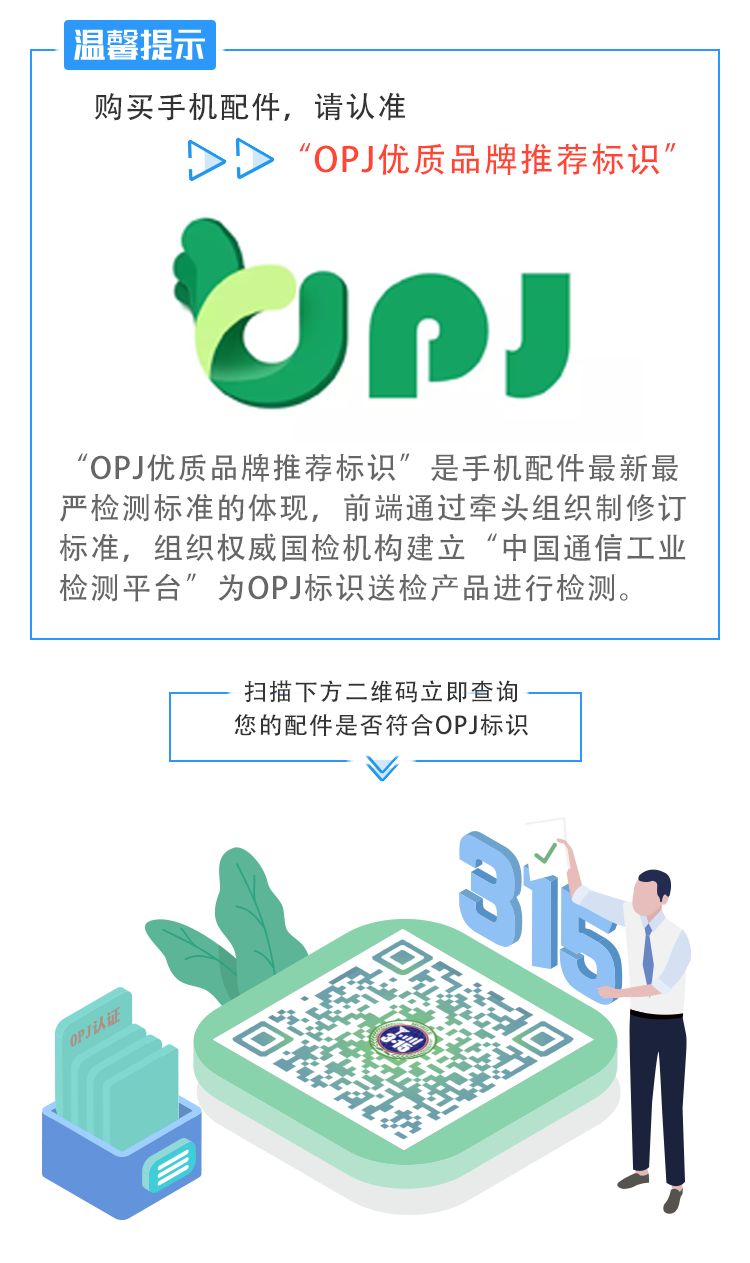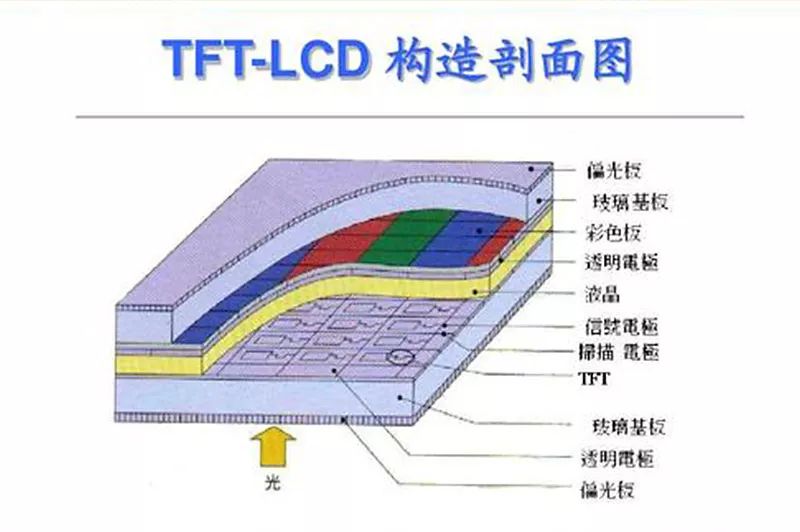Last weekend, a friend excitedly took out her phone and said: “I just got the iPhone 11, it’s not as expensive as they say! Your 256GB one costs over ten thousand, but mine only cost 6000 for 128GB. Is there really such a big price difference in storage?” After hearing this, my first reaction was that she must have bought the iPhone 11. When I checked, indeed it was. If you only look at the camera and size, there’s really no difference from the iPhone Xs, it’s quite misleading. I adjusted the brightness of my iPhone Xs Max and her iPhone 11 to the highest and placed them side by side, and she was stunned… That’s right, the screen is the biggest flaw of the iPhone 11. My recommendation against buying the iPhone 11 stems from this; if you want to buy from the iPhone 11 series, the iPhone 11 Pro or iPhone 11 Pro Max are better choices. After all, the importance of the screen in a phone is undeniable, so today we will discuss phone screens.
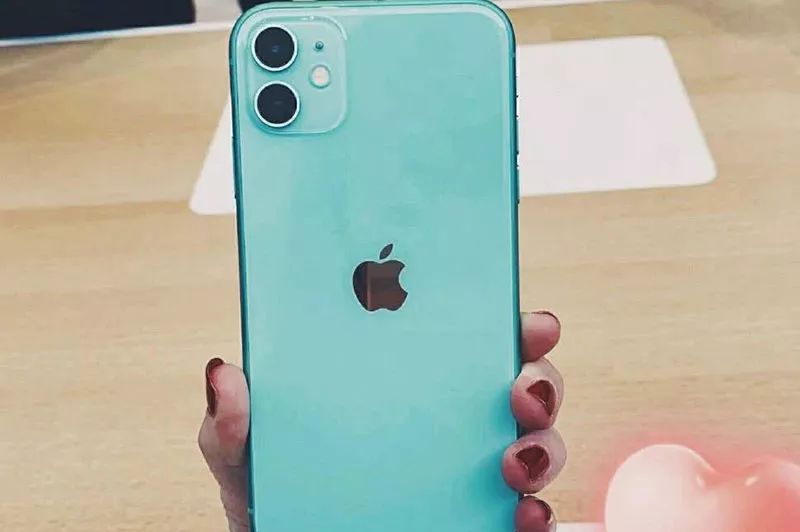 No matter if it’s a notch screen, waterdrop screen, punch-hole screen, or a full screen without a camera, there are really only two types of LCD screens: one is called LCD and the other is OLED. For Apple phones, before the iPhone X, all screens were LCD. The iPhone X was the first Apple phone with an OLED screen, followed by the Xs and Xs Max which also had OLED, while the Xr had an LCD; the iPhone 11 has an LCD, while the Pro and Pro Max have OLED. This is the reason we initially stated that the iPhone 11 is not worth buying. Next, let’s discuss the differences between LCD and OLED.
No matter if it’s a notch screen, waterdrop screen, punch-hole screen, or a full screen without a camera, there are really only two types of LCD screens: one is called LCD and the other is OLED. For Apple phones, before the iPhone X, all screens were LCD. The iPhone X was the first Apple phone with an OLED screen, followed by the Xs and Xs Max which also had OLED, while the Xr had an LCD; the iPhone 11 has an LCD, while the Pro and Pro Max have OLED. This is the reason we initially stated that the iPhone 11 is not worth buying. Next, let’s discuss the differences between LCD and OLED.
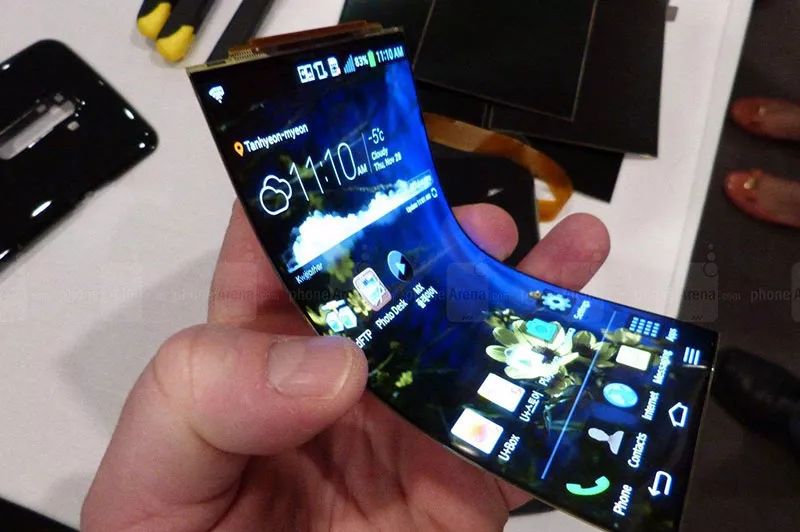 LCD, or Liquid Crystal Display, is the commonly used liquid crystal screen. This type of screen does not have self-illuminating properties and requires a backlight layer behind it. The backlight is white and needs an additional colored filter to split the white light into three primary colors to display the colors we need. Different backlight source schemes and filters will affect the imaging effect of the LCD screen.
OLED screens use self-emitting materials that inherently possess the ability to emit light. When current flows through, they emit red, green, and blue primary colors. When displaying a black interface, the screen merges seamlessly with the black edges of the phone, making the black representation of OLED a standout feature. Currently, the most well-known manufacturers of OLED are South Korea’s Samsung and China’s BOE.
LCD, or Liquid Crystal Display, is the commonly used liquid crystal screen. This type of screen does not have self-illuminating properties and requires a backlight layer behind it. The backlight is white and needs an additional colored filter to split the white light into three primary colors to display the colors we need. Different backlight source schemes and filters will affect the imaging effect of the LCD screen.
OLED screens use self-emitting materials that inherently possess the ability to emit light. When current flows through, they emit red, green, and blue primary colors. When displaying a black interface, the screen merges seamlessly with the black edges of the phone, making the black representation of OLED a standout feature. Currently, the most well-known manufacturers of OLED are South Korea’s Samsung and China’s BOE.
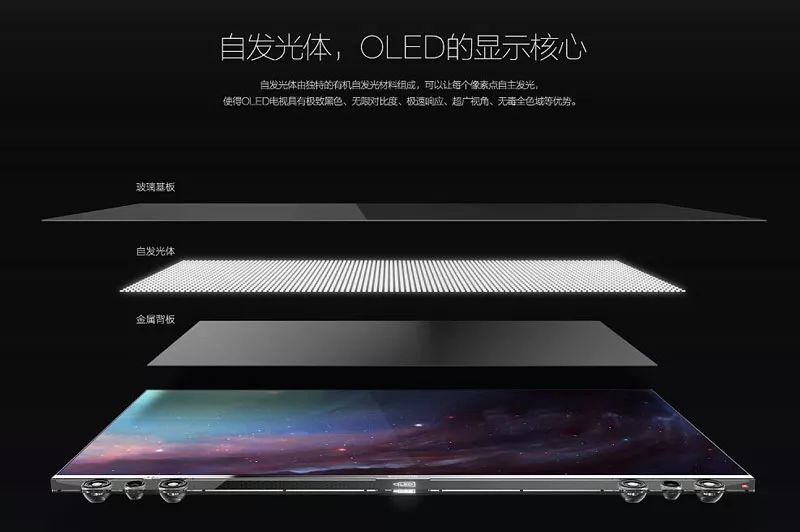
First, LCD screens have an additional backlight layer compared to OLED screens. Although the backlight layer is thin, in a phone where every millimeter counts, removing one layer can be critical. Secondly, the thinner the screen, the more functions can be realized, such as under-screen fingerprint recognition and curved screens. Currently, the curved screens on the market owe their existence to OLED technology, with Huawei’s new P30 Pro and Samsung S9 being examples. Lastly, OLED has another feature: it can be folded, with similar products released by Samsung and Huawei. OLED screens are likely to be the mainstream in the near future, and LCD televisions from brands like Sony are already available on the market. Foldable screens may very well become a mainstream phone style in the future.
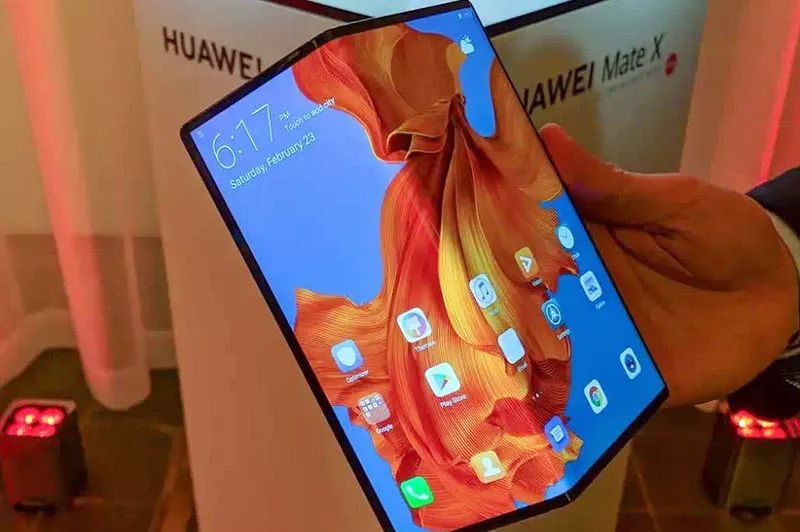
Due to the long research and development time, LCD technology is more mature. The light from the backlight layer passes through the liquid crystal layer to emit colored light, which inevitably results in lower saturation. Although many technologies have significantly improved the color saturation of LCD, and the response time has made great strides compared to over a decade ago, these are all drawbacks compared to the relatively new OLED technology. OLED can provide vibrant, high-saturation images, and true black is essentially non-emitting. This not only provides true black but also saves power, enhancing battery life. It’s important to note that LCD screens also require the backlight to display black, which means power consumption remains the same regardless of color; and no matter how advanced the LCD technology, it can never completely block the backlight, resulting in poor black representation. Light leakage is also a major issue for LCD screens, and there’s no way to fix that. If you look closely at the top edge of the screen in the image below, you can see obvious light leakage.
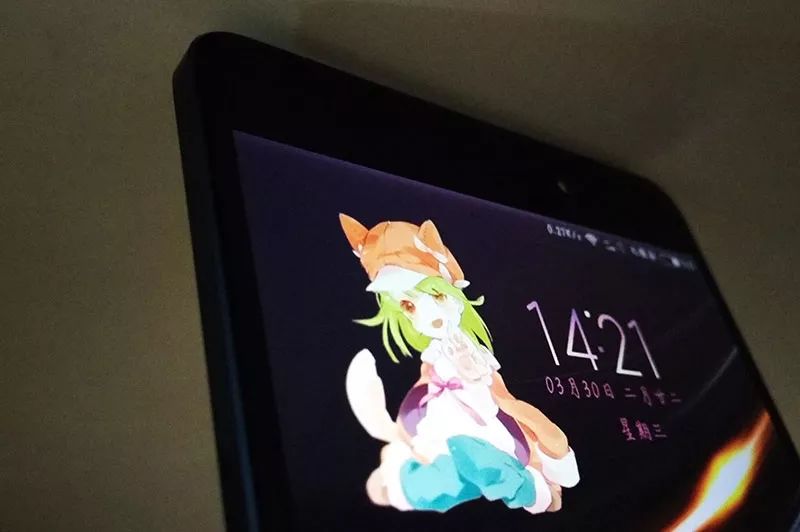 After praising OLED, does it have any drawbacks? The disadvantages of OLED are also quite obvious: it’s expensive. Whether it’s Huawei’s P30 or Apple’s iPhone 11 Pro, the prices are generally unaffordable for the average worker. The previously launched Huawei foldable phone Mate X had an even more outrageous price. Furthermore, OLED is not a new technology; as early as 2008, BenQ Siemens launched a phone with a 60,000 color OLED screen, and it wasn’t until 2011 that a product with 260,000 colors was released. By the time of the iPhone X, it was already 2017. Additionally, if certain color units malfunction, it can lead to issues known as screen burn-in, as shown in the yellow part of the image below.
After praising OLED, does it have any drawbacks? The disadvantages of OLED are also quite obvious: it’s expensive. Whether it’s Huawei’s P30 or Apple’s iPhone 11 Pro, the prices are generally unaffordable for the average worker. The previously launched Huawei foldable phone Mate X had an even more outrageous price. Furthermore, OLED is not a new technology; as early as 2008, BenQ Siemens launched a phone with a 60,000 color OLED screen, and it wasn’t until 2011 that a product with 260,000 colors was released. By the time of the iPhone X, it was already 2017. Additionally, if certain color units malfunction, it can lead to issues known as screen burn-in, as shown in the yellow part of the image below.
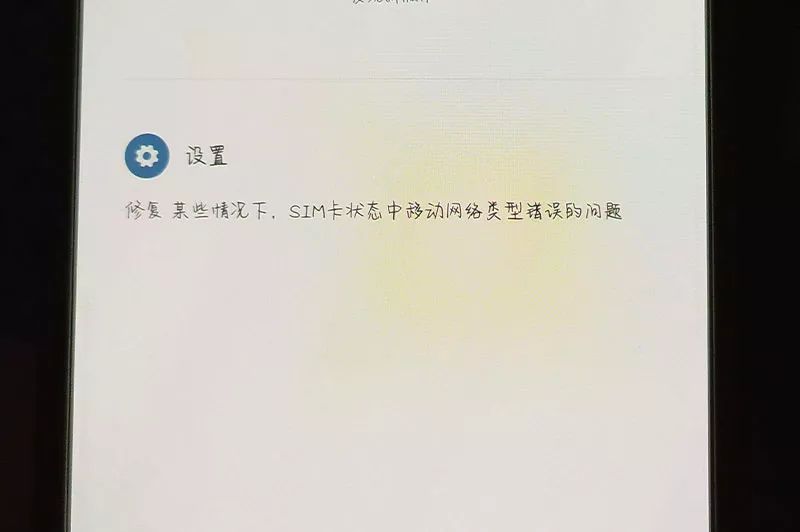
In fact, besides LCD screens, there are many other factors that determine display quality, but we won’t delve too deeply into that here. Returning to the topic, for friends considering buying the iPhone 11, it’s best to avoid it; the Pro versions and Pro Max are the appropriate choices. The screen is something we look at every day, and it’s worth being a bit indulgent. For those who find the price too high, consider downgrading to the iPhone Xs or iPhone Xs Max. As for Android users, the Huawei P30 and P30 Pro are also excellent options.
●Why Must Phone Batteries Be Designed to Be Non-Removable?
●Do You Know How to Choose a Phone Data Cable?
●What Is the “OPJ” Standard for Testing Phone Accessory Quality?
